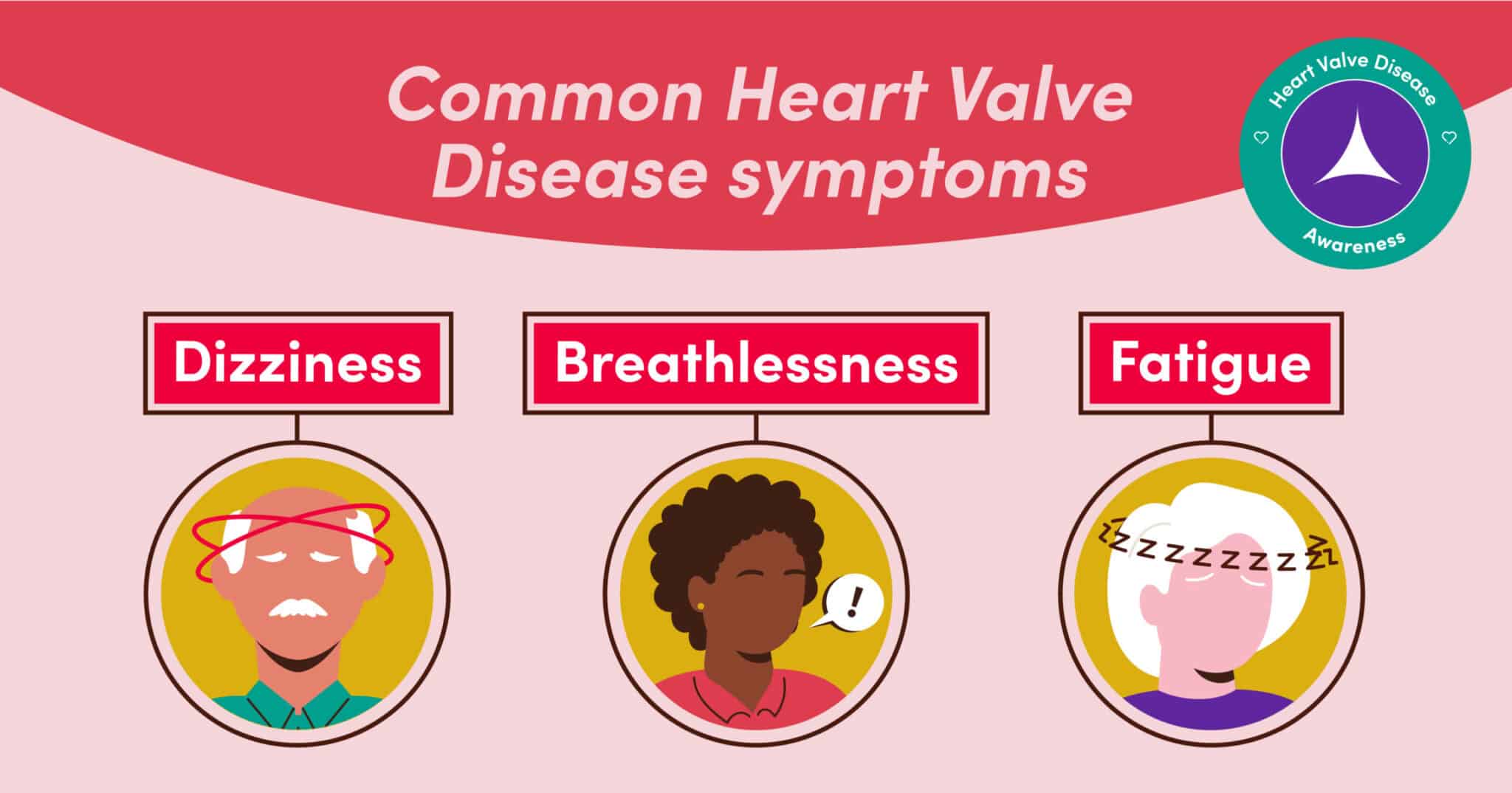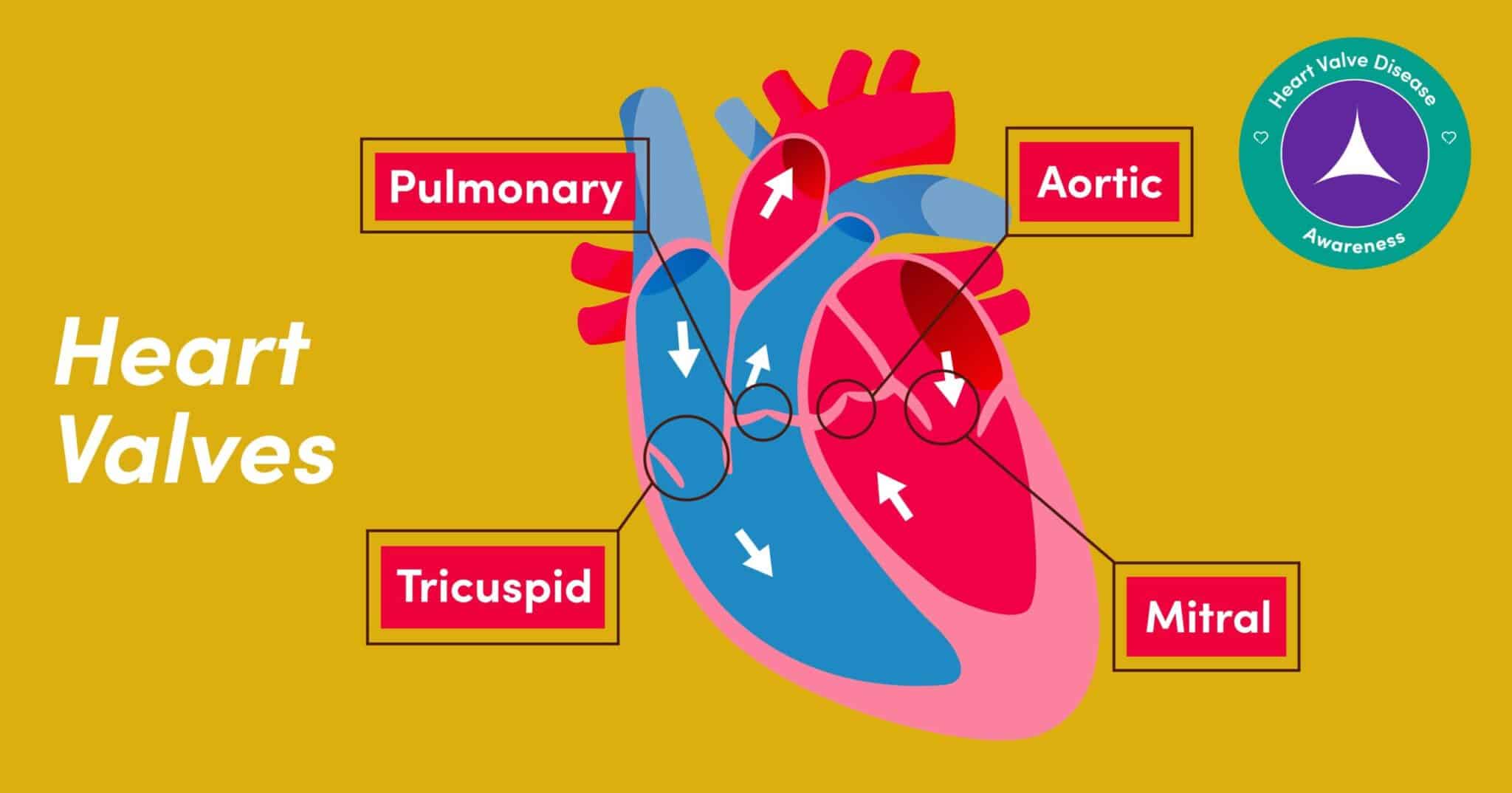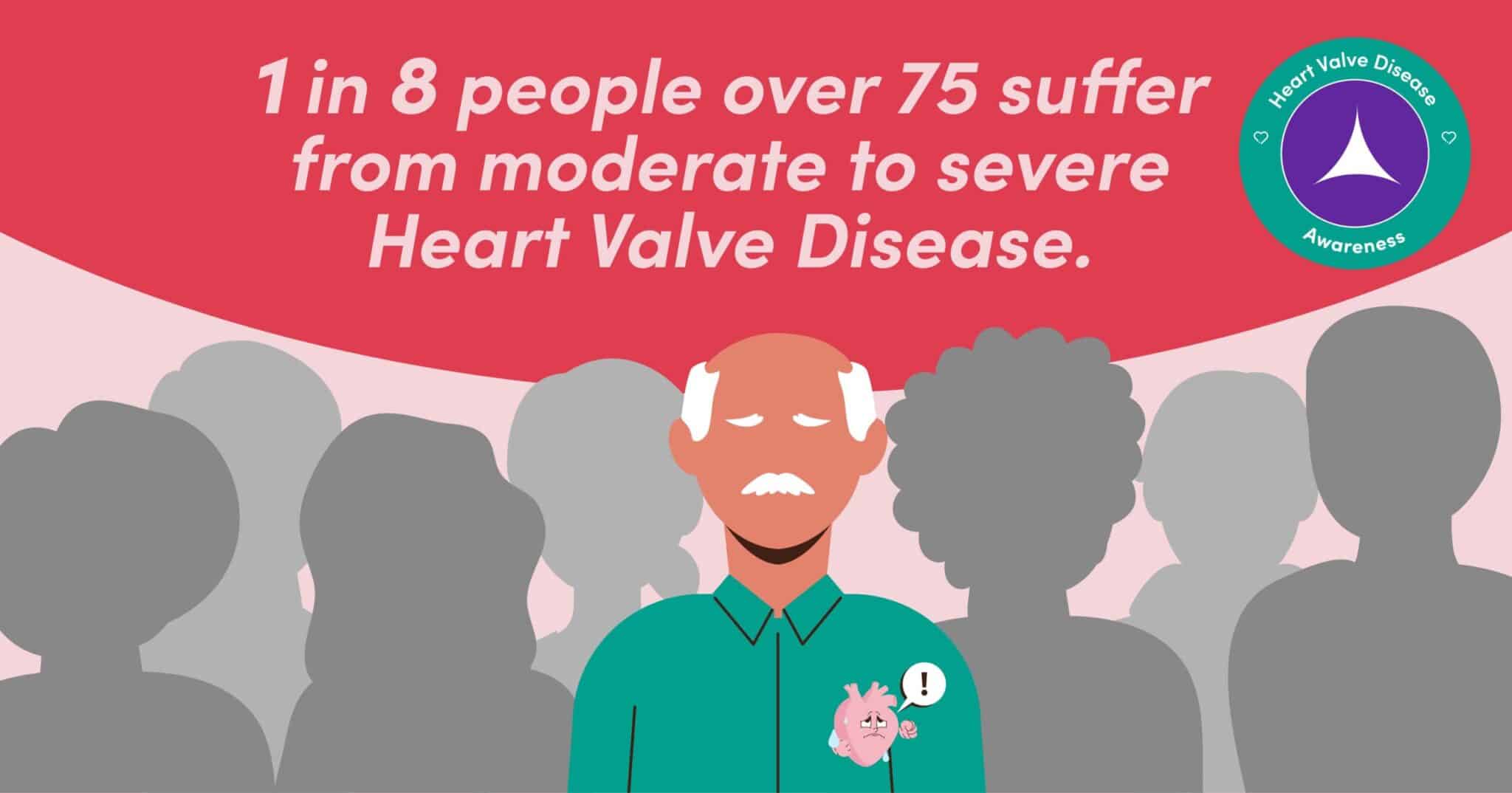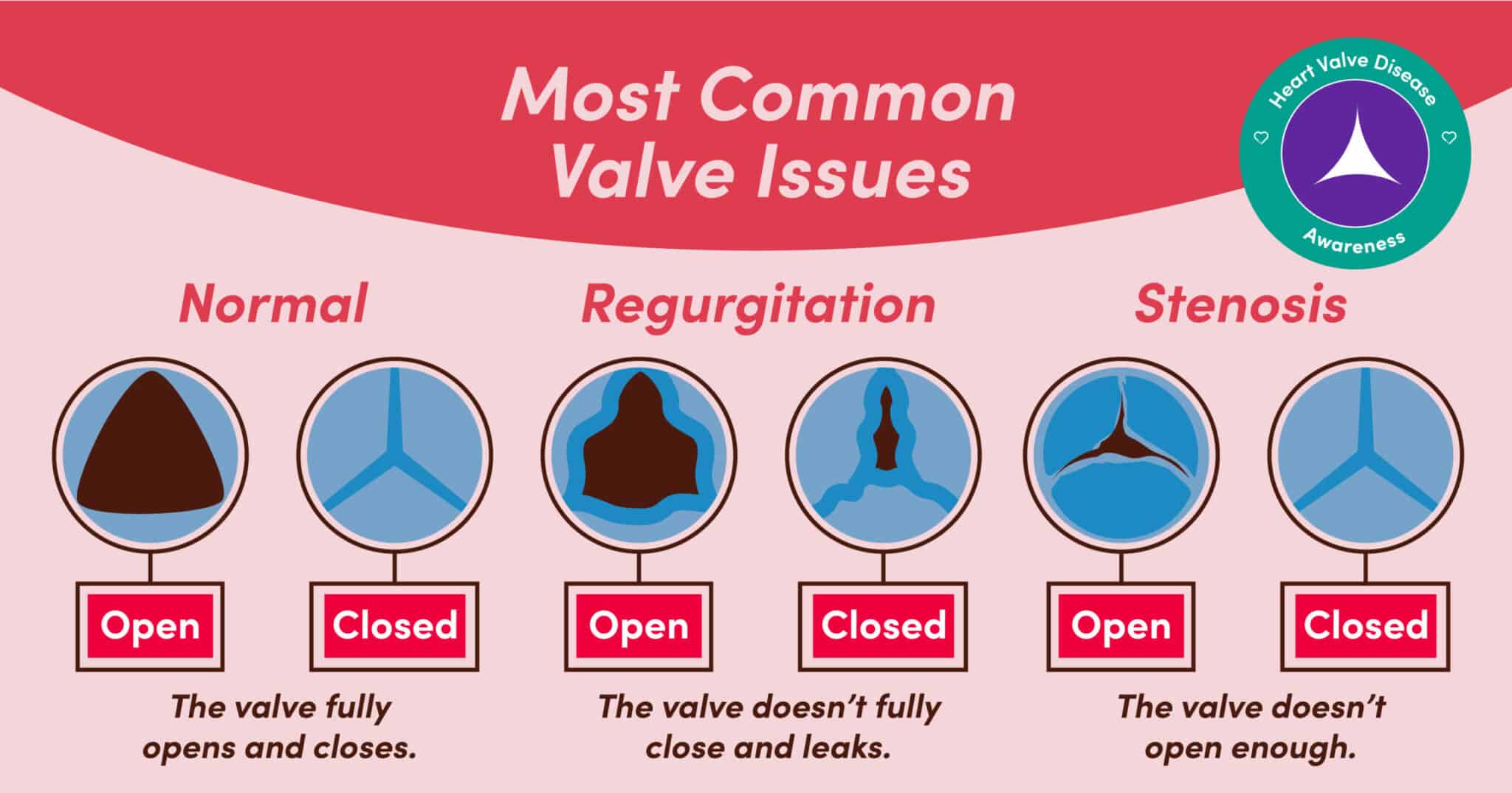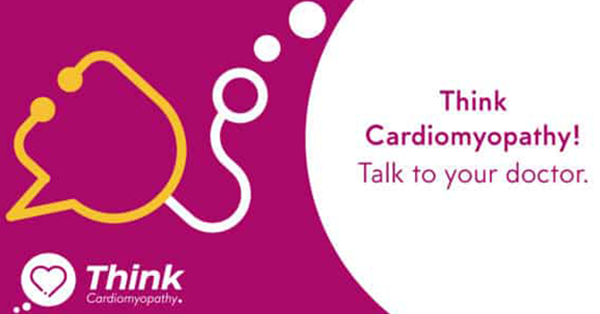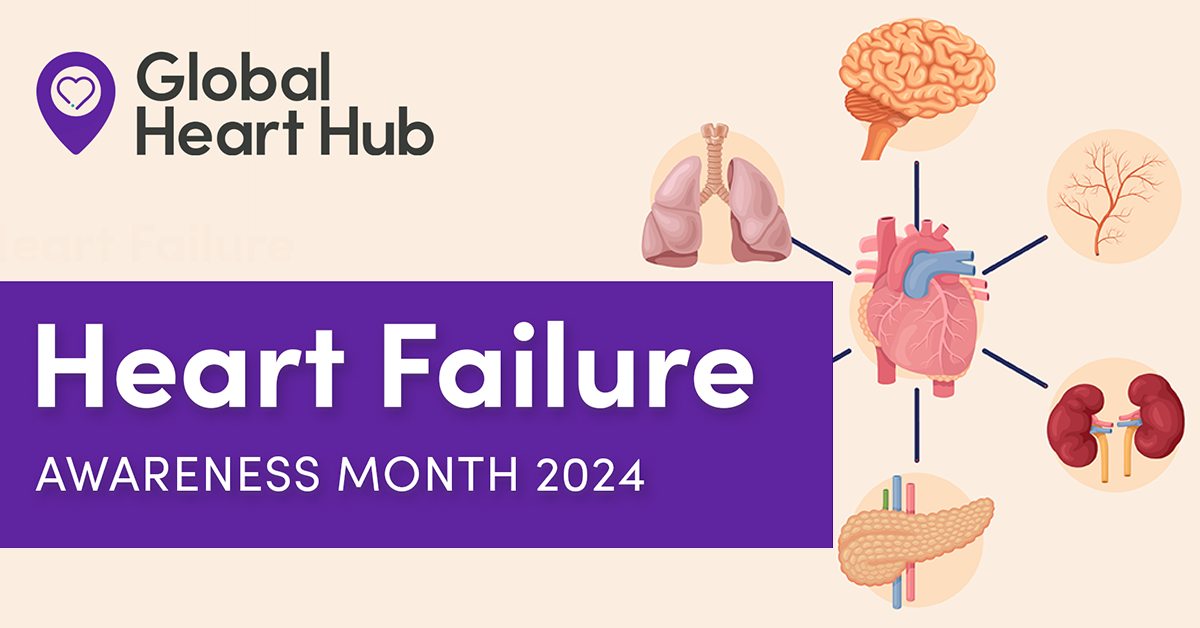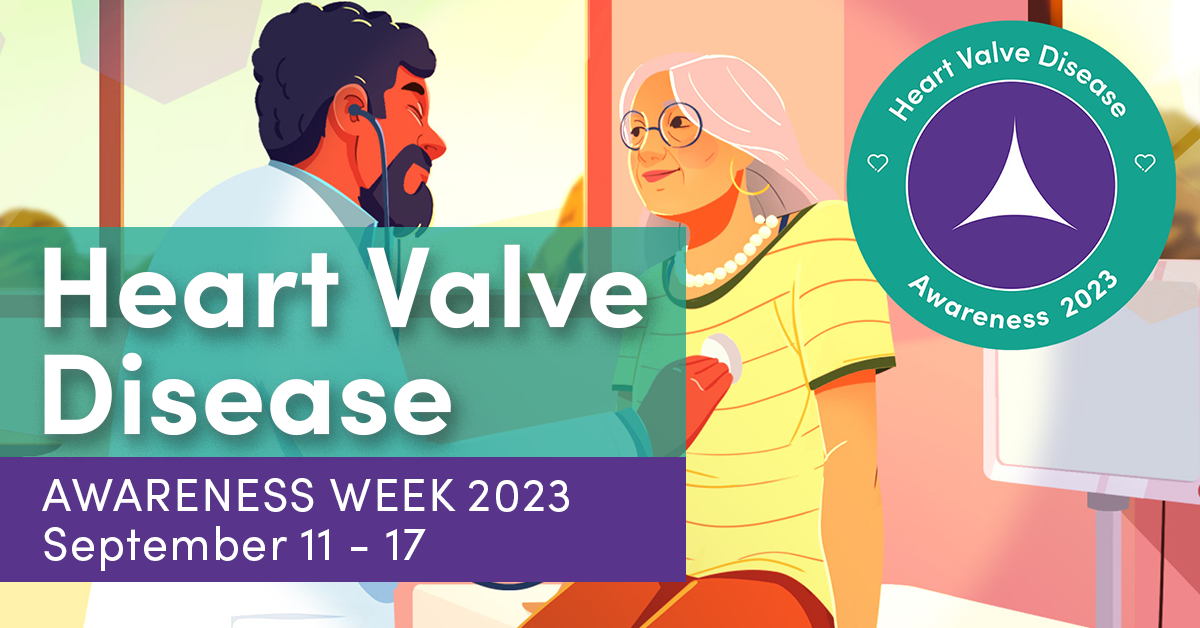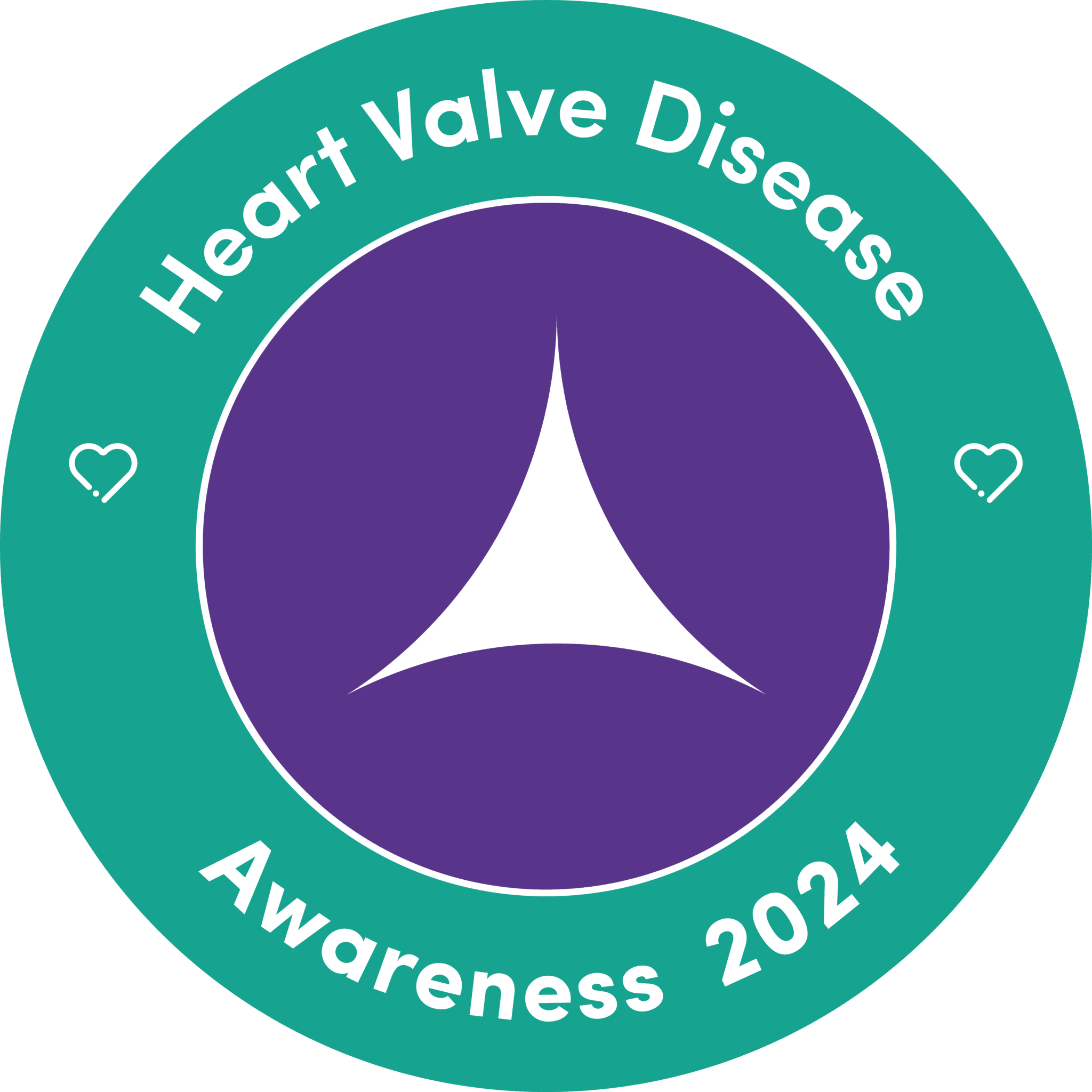
Heart Valve Disease Awareness Week
September 16 – 22, 2024

Share This Message!
Our hearts are always there for us, working hard, every day, to keep us going. But sometimes our hearts can become unwell. This can happen when we get older, but can affect younger people too.
Heart Valve Disease is when one or more of the valves in our heart don’t open or close properly. When our valves aren’t working properly our hearts may try to warn us that something’s wrong.
Breathlessness, dizziness or fatigue are all signs you might have Heart Valve Disease. But some people have no symptoms at all.
A simple stethoscope check is the first step to detect Heart Valve Disease. So a regular stethoscope check with your doctor is a good idea.
Heart Valve Disease is common, serious… and treatable. If you feel like something’s wrong, then listen to your heart! #ListenToYourHeart #ValveWeek24
Chinese Mandarin
Dutch
French
French (Canada)
German
Hebrew
Italian
Japanese
Polish
Portuguese
Spanish
Spanish (Latin America)
What is heart valve disease?
Heart Valve Disease is a medical condition that occurs when one or more of the four valves in our heart don’t work properly. Heart valves are one-way gates at each of the points where blood enters or exits the heart. They maintain proper flow of blood through our bodies.
There are different ways that heart valves can stop working properly. Sometimes valves don’t fully open, so less blood gets through. Sometimes valves don’t fully close and leak, allowing blood to flow the wrong way. Symptoms like breathlessness, dizziness or fatigue may not appear for years and may vary.
When the blood doesn’t flow smoothly through the heart it can cause a heart murmur. Your doctor can hear this murmur with a stethoscope.
Heart valve disease is common, serious, but treatable. A simple stethoscope check is the first step to detecting Heart Valve Disease. So, a regular stethoscope check with your doctor is a good idea.
Watch the videos below!
What is Heart Valve Disease?
Chinese Mandarin
What is Heart Valve Disease?
Dutch
What is Heart Valve Disease?
English
What is Heart Valve Disease?
French
What is Heart Valve Disease?
French (Canada)
What is Heart Valve Disease?
German
What is Heart Valve Disease?
Hebrew
What is Heart Valve Disease?
Italian
What is Heart Valve Disease?
Japanese
What is Heart Valve Disease?
Polish
What is Heart Valve Disease?
Portuguese
What is Heart Valve Disease?
Spanish
What is Heart Valve Disease?
Spanish (Latin America)
Women and Heart Valve Disease:
Interview with Dr Marie-Annick Clavel
Hear from our Council Members this Heart Valve Disease Awareness Week!
Materials to download:
Watch the videos below to hear from people living with heart valve disease
Get Involved
To join the campaign or for more information, please email info@globalhearthub.org.
Campaign Partners
- AEPOVAC, Spain
- Alliance du Coeur, France
- Aortic Hope, US
- Banmo520, China
- Croí, the heart and stroke charity, Ireland
- Cuore Nostro, Italy
- EcoSerce, Poland
- European Association of Patients with Heart and Blood Vessel Diseases, Poland
- Heart Valve Voice, Canada
- Heart Valve Voice, Japan
- Heart Valve Voice, UK
- Heart Valve Voice, US
- hearts4heart, Australia
- Initiative Herzklappe, Germany
- Instituto Lado A Lado Pela Vida, Brazil
- The Israeli Heart Association
- Meine Herzklappe, Austria
- The Mended Hearts, US
- PACO, Mexico
- Rock from the Heart, US
- SASNET, Ghana
- Stichting Hartpatiënten, Netherlands
- WomenHeart, US
Supported by:





